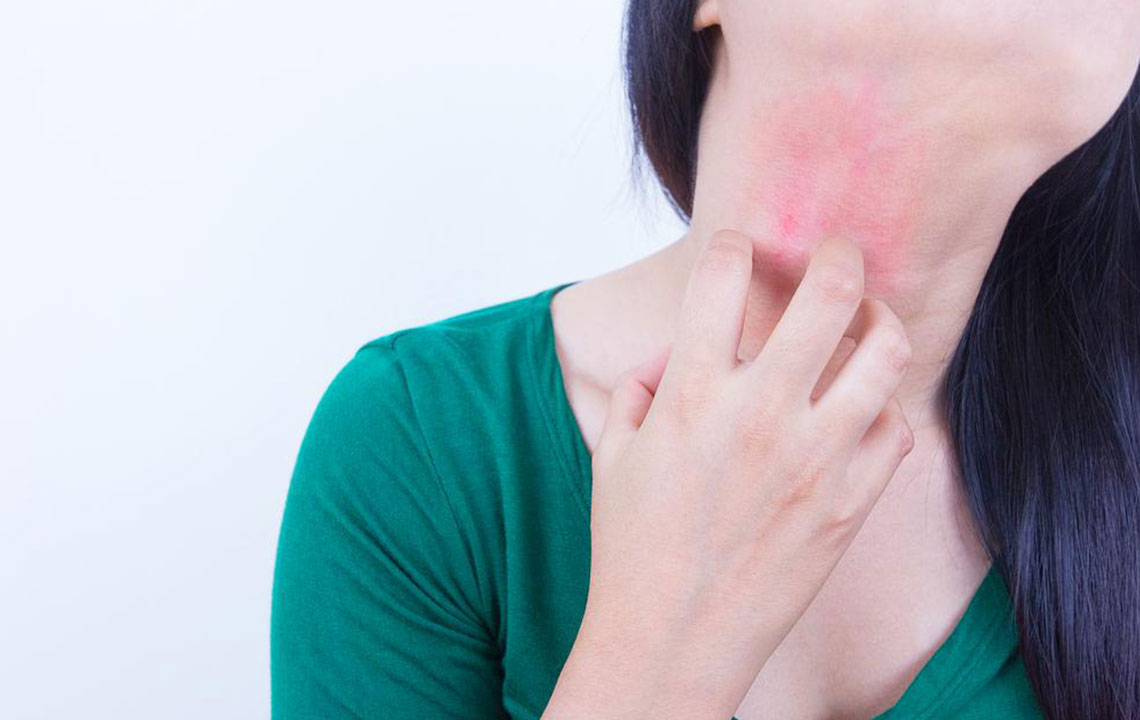Postherpetic Neuralgia – Prevention and Treatment
Shingles is a condition caused by a virus called the varicella-zoster virus (VZV), the same one responsible for chickenpox. In childhood, when a person is affected by this virus, it causes chickenpox. The immune system makes sure that the virus remains inert and hidden inside the body. It retreats to the two nerve cells near the spine.

This virus becomes active again, in one-third of the total cases of chickenpox, and reaches the skin surface through a nerve and causes painful blisters and rashes. This virus attack is called herpes zoster, or shingles. Shingles is an extremely painful skin condition which causes blisters and rashes that cause sharp, unbearable pain, and crusty skin that might burst open.
In most of the cases, this pain goes away on its own in few weeks. However, in 10 to 20 percent of the cases, the pain never ends and becomes a condition that lasts for months, weeks or for an entire lifetime. This pain is called Post Herpetic Neuralgia (PHN), which is a form of neuropathic pain that appears after an episode of shingles. The risk of developing this pain is around 50 percent in people above the age of 60.
The symptoms of this condition vary from individual to individual. In some cases, the pain is mild but in others, it can be excruciating and the flare-up can be caused due to a slight touch, friction due to clothing or even a slight breeze. Some people experience an intermittent pain while others have a continuous stabbing, burning sensation in the affected area. Unlike chickenpox, shingles affect a specific part of the body which is connected to the inflamed nerve. The PHN also affects the same area of the skin.
Preventing Postherpetic Neuralgia
The causes of postherpetic neuralgia have been unknown to modern medical science. However, there are treatments available that can prevent and reduce its effects. Following are some of the treatment courses or measures that can be taken to avoid pain after shingles attack.
Zostavax Vaccine
Zostavax is a vaccine which reduces the chance of getting postherpetic neuralgia by almost half. This vaccine should be administered after an episode of chickenpox to reduce the chances of getting shingles or PHN.
There is no age limit to get this vaccine and one can be vaccinated at any age. It can also be taken after a PHN attack to prevent future flare-ups and to treat its symptoms.
Antiviral Medicines
Antiviral medication like valacyclovir (Valtrex), famciclovir (Famvir) or acyclovir (Zovirax) are generally prescribed to treat pain after shingles right after the rashes and pain appear. These medicines also reduce the risk of developing PHN later.
If the antiviral medication course is started within three days of shingles attack, the chances of developing PHN is reduced considerably. In most cases, however, these medicines are started after three days of the attack and are generally prescribed to reduce the symptoms of shingles.
Treating Postherpetic Neuralgia
After the PHN attack, however, the antiviral medications can no longer treat the pain and symptoms. The other treatment courses aim to soothe the inflamed nerves that cause the pain and soreness of the skin. Some of the treatments that can be effective in treating PHN are:
Tricyclic Antidepressant Medications
Tricyclic Antidepressant medications like nortriptyline (Pamelor), desipramine (Norpramin), and amitriptyline (Elavil, Endep) are prescribed to relieve chronic pain related to PHN.
Herbal Oils And Creams
Herbal oils and creams made from the extracts of plants like geranium, lavender, eucalyptus, tea tree, and bergamot are known for their anti-inflammatory and soothing properties. These oils can be applied topically or taken in the form of tea to soothe the inflamed nerves, and reduce pain and swelling in the affected area.
Strong Opioids
Opioids are known for their pain relieving properties. Sometimes the doctors prescribe some strong opioids such as morphine, oxycodone, and methadone. These drugs have been found to be effective in relieving the pain due to PHN.
Qutenza Cutaneous Patch
Quentza patches are potent capsaicin patches meant to be applied topically to the skin. These patches are useful in treating peripheral neuropathic pain. Quentza patches contain capsaicin, an active ingredient in red chili peppers which works by reducing the pain and by decreasing the density of epidermal nerve fibers in the application area and numbing it down. These patches can be applied to the affected area, after an application of a topical anesthetic, once every three months under medical supervision for prolonged cases of PHN.
Lidocaine
Lidocaine is a local anesthetic medicine used to numb the tissues in a specific area of the body. It is effective in blocking the nerve signals in the body, thus reducing pain due to PHN. Lidocaine is available in the form of a gel, patches, and cream. These are some of the ways to treat pain after shingles and lead a painless life.











